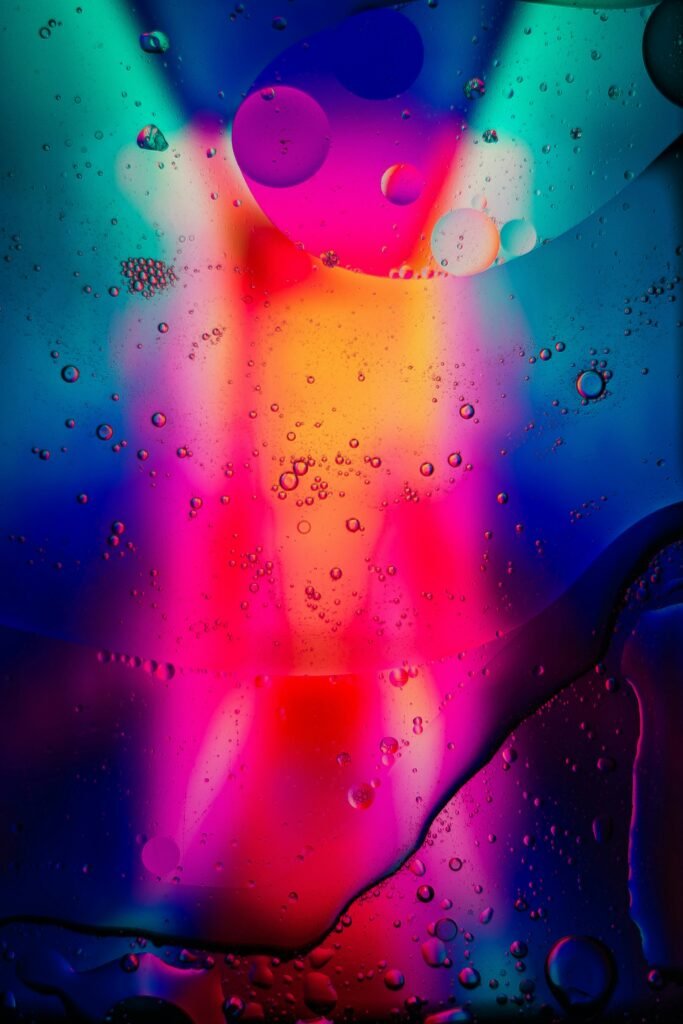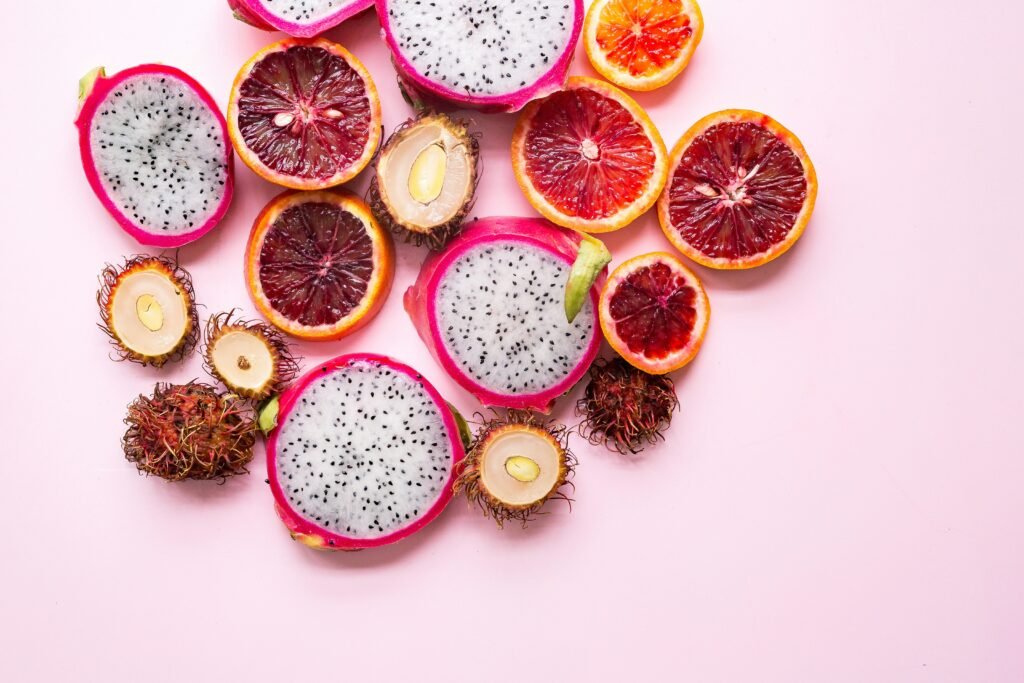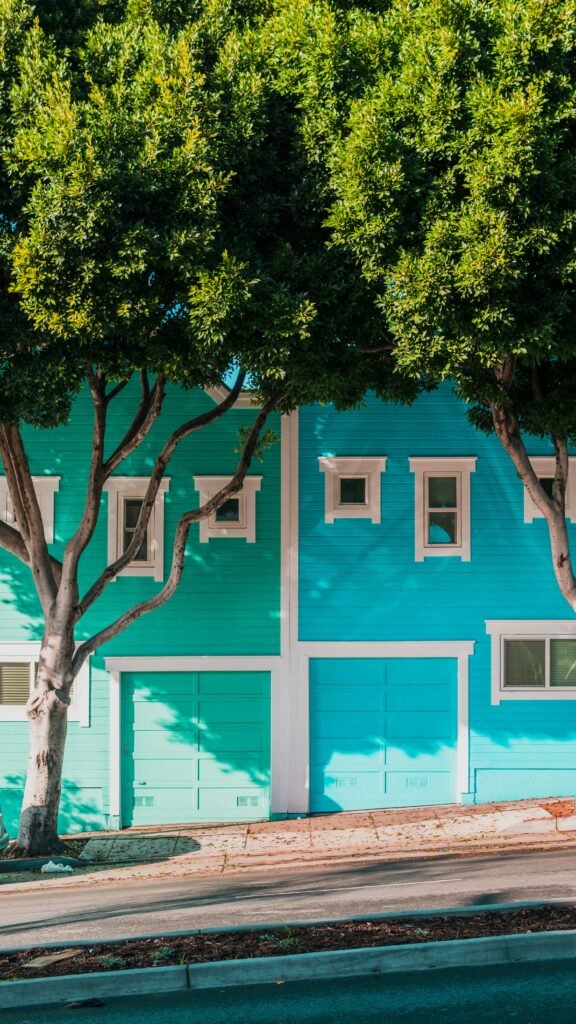A Comprehensive Guide to Matching Colors for Artificial Plants
Imagine transforming your living space into a lush oasis filled with vibrant artificial plants that bring life and color to every corner. But how do you ensure that the colors of your artificial plants harmoniously complement each other and create a captivating visual experience? Look no further! This comprehensive guide will walk you through the art of matching colors for artificial plants, providing you with valuable insights and tips to help you create a stunning and cohesive botanical paradise in your own home. From understanding the color wheel to exploring different color schemes, this guide has got you covered. So get ready to unleash your inner artist and design a space that will leave your guests in awe.
1. Understanding Color Theory
Color theory is the study of how colors interact with each other and how they can be combined to create visually appealing compositions. By understanding the basics of color theory, you can make informed decisions when choosing colors for your artificial plants and create harmonious and visually pleasing arrangements.
1.1 Primary Colors
Primary colors are the building blocks of all other colors. They cannot be created by mixing other colors together, and they are used to create all other colors on the color wheel. The primary colors are red, blue, and yellow. When choosing artificial plants, consider incorporating these primary colors to create a vibrant and balanced color scheme.
1.2 Secondary Colors
Secondary colors are created by mixing two primary colors together. The secondary colors are orange, green, and purple. These colors can add depth and variety to your artificial plant arrangements. Using secondary colors in combination with primary colors can create striking and eye-catching displays.
1.3 Tertiary Colors
Tertiary colors are created by mixing a primary color with a secondary color. These colors add depth and richness to your color palette. Tertiary colors can be used to create subtle variations in your artificial plant arrangements, adding interest and complexity to your space.
1.4 Color Harmony
Color harmony is the concept of combining colors in a way that is aesthetically pleasing. By understanding color harmony, you can create artificial plant arrangements that evoke the desired mood or atmosphere in your space. There are several color harmony schemes to consider, including monochromatic, analogous, complementary, and triadic color schemes.
2. Choosing the Right Color Scheme
When choosing a color scheme for your artificial plants, consider the overall aesthetic you want to achieve. Different color schemes can evoke different emotions and create different atmospheres in a space.
2.1 Monochromatic Color Scheme
A monochromatic color scheme involves using different shades, tints, and tones of a single color. This creates a harmonious and cohesive look. When using a monochromatic color scheme with artificial plants, consider incorporating various shades of green or other colors that complement your existing color palette.
2.2 Analogous Color Scheme
An analogous color scheme involves using colors that are adjacent to each other on the color wheel. This creates a harmonious and soothing look. For artificial plant arrangements, consider using colors like green, yellow-green, and yellow to create a calming and natural ambiance.
2.3 Complementary Color Scheme
A complementary color scheme involves using colors that are opposite each other on the color wheel. This creates a vibrant and visually striking look. To create contrast with your artificial plants, consider using complementary colors, such as green and red or blue and orange.
2.4 Triadic Color Scheme
A triadic color scheme involves using three colors that are equally spaced around the color wheel. This creates a balanced and dynamic look. When creating triadic color schemes with artificial plants, consider choosing three colors that complement and enhance each other, such as green, purple, and orange.

This image is property of images.unsplash.com.
3. Consider the Room’s Existing Color Palette
When choosing artificial plants, it is important to consider the existing color palette of the room. By assessing the dominant color in the room and considering whether you want to match or contrast with the color scheme, you can create a cohesive and visually appealing space.
3.1 Assessing the Room’s Dominant Color
Take a close look at the room’s dominant color. This is the color that is most prevalent in the space, whether it’s on the walls, furniture, or decor. By understanding the dominant color, you can choose artificial plants that complement and enhance the overall color scheme of the room.
3.2 Matching or Contrasting with the Color Scheme
Decide whether you want your artificial plants to match or contrast with the room’s color scheme. Matching the colors of the artificial plants with the existing color palette creates a harmonious and seamless look. On the other hand, contrasting the colors of the artificial plants can create visual interest and focal points in the room.
3.3 Creating a Focal Point with Contrasting Colors
If you choose to create a focal point with contrasting colors, select artificial plants that have colors that are opposite or significantly different from the dominant color in the room. This will draw attention to the plants and create a dynamic visual impact. Consider using bold and vibrant colors to create a striking contrast against a neutral backdrop.
4. Creating a Mood with Colors
Colors have the power to influence our emotions and moods. When choosing artificial plants, consider the mood you want to create in your space and select colors that align with that mood.
4.1 Calm and Tranquil Colors
If you want to create a calm and tranquil atmosphere, choose artificial plants in soothing colors like soft greens, blues, and pastels. These colors promote relaxation and can transform a space into a peaceful oasis.
4.2 Energizing and Vibrant Colors
For spaces that need an energy boost, select artificial plants in vibrant and energizing colors like bright oranges, yellows, and reds. These colors can stimulate the senses and create a lively and invigorating ambiance.
4.3 Romantic and Warm Colors
To create a romantic and warm atmosphere, opt for artificial plants in rich and warm colors like deep reds, purples, and earthy tones. These colors can evoke feelings of intimacy and coziness, perfect for creating a romantic setting.
4.4 Sophisticated and Elegant Colors
If you desire a sophisticated and elegant space, choose artificial plants in refined and luxurious colors like deep blues, metallics, and jewel tones. These colors can add a touch of glamour and sophistication to any room.

This image is property of images.unsplash.com.
5. Matching Artificial Plant Colors with Furniture
When choosing artificial plant colors, it is important to consider how they will coordinate with your furniture. By selecting the right color combinations, you can create a cohesive and stylish look in your space.
5.1 Coordinating with Neutral-Colored Furniture
If your furniture is neutral in color, such as white, beige, or gray, you have the freedom to choose artificial plants in any color. Consider incorporating plants that add a pop of color to the space and create visual interest.
5.2 Adding Contrast with Bold-Colored Furniture
If your furniture is bold and colorful, choose artificial plants in complementary or analogous colors to create a harmonious and balanced look. The plants can either match the furniture or provide a contrasting color that adds depth and visual interest.
5.3 Blending with Earth-Toned Furniture
For rooms with earth-toned furniture, choose artificial plants in colors that complement the warm tones of the furniture. Colors like deep greens, browns, and earthy hues can create a cohesive and natural look that enhances the overall aesthetic.
6. Ensuring Visual Balance
Visual balance is crucial in creating harmonious and visually pleasing arrangements with artificial plants. By understanding how to achieve balance through color placement, you can create a well-balanced and cohesive space.
6.1 Creating Balance with Symmetrical Placement
Symmetrical placement involves arranging objects in a way that is symmetrical and evenly balanced. When using artificial plants, consider placing them in pairs or groups on either side of a focal point to create symmetrical balance. This can create a sense of order and harmony in your space.
6.2 Achieving Asymmetrical Balance with Color Placement
Asymmetrical balance involves arranging objects in a way that is visually balanced but not symmetrical. When using artificial plants, consider incorporating plants of different sizes and colors to create asymmetrical balance. This can add visual interest and create a dynamic and visually pleasing composition.
6.3 Using Color to Add Visual Weight
Color can be used to add visual weight to certain areas of your space. By choosing artificial plants in bold and vibrant colors, you can draw attention to specific areas and create focal points. This can help balance the visual weight of your space and create a visually pleasing arrangement.

This image is property of images.unsplash.com.
7. Coordinating Plants with Wall Colors
The wall color of a room can greatly influence the overall look and feel of the space. When choosing artificial plants, consider how they will coordinate with the wall colors to create a cohesive and aesthetically pleasing environment.
7.1 Harmonizing with Monochromatic Walls
If your walls are monochromatic, choose artificial plants in colors that complement the wall color. For example, if your walls are a light shade of blue, consider incorporating plants in shades of green to create a harmonious and serene atmosphere.
7.2 Contrasting with Vibrant Wall Colors
If your walls are vibrant and bold in color, choose artificial plants in colors that contrast with the wall color. This will create visual interest and prevent the plants from blending into the background. For example, if your walls are a bright shade of red, consider incorporating plants in shades of green or yellow to create a striking contrast.
7.3 Complementing Neutral Wall Colors
If your walls are neutral in color, such as white or beige, you have the flexibility to choose artificial plants in any color. Consider incorporating plants in colors that complement the existing color palette of the room to create a cohesive and balanced look.
8. Considering the Plant’s Purpose
Artificial plants can serve different purposes in a space, from being statement pieces to enhancing relaxation and wellness. When choosing colors for your artificial plants, consider their intended purpose and select colors that align with that purpose.
8.1 Using Plants as Statement Pieces
If you want your artificial plants to be the focal point of the room, choose plants in bold and vibrant colors that catch the eye. This can create a dramatic and attention-grabbing look that adds personality and visual interest to your space.
8.2 Enhancing Relaxation and Wellness
If you want your artificial plants to promote relaxation and wellness, choose plants in calming and soothing colors like soft greens and blues. These colors can create a serene and tranquil atmosphere that helps reduce stress and promotes a sense of well-being.
8.3 Creating an Inviting Ambiance
If you want your artificial plants to create an inviting and welcoming ambiance, choose plants in warm and inviting colors like yellows, oranges, and earthy tones. These colors can create a cozy and inviting atmosphere that makes guests feel comfortable and at ease.
9. Using Artificial Plants for Seasonal Themes
Artificial plants can be a great way to incorporate seasonal themes into your space. By selecting colors that align with each season, you can create a festive and seasonal atmosphere all year round.
9.1 Spring-inspired Color Palettes
For a spring-inspired look, choose artificial plants in colors like pastel pinks, greens, and purples. These colors evoke feelings of renewal and freshness and can create a vibrant and cheerful atmosphere.
9.2 Summer-themed Tropical Colors
To create a summer-themed look, choose artificial plants in vibrant and tropical colors like bright oranges, yellows, and tropical greens. These colors can create a lively and energetic atmosphere reminiscent of a tropical getaway.
9.3 Warm and Cozy Autumn Colors
For an autumn-inspired look, choose artificial plants in warm and earthy colors like deep reds, oranges, and browns. These colors can create a cozy and inviting atmosphere that reflects the beauty of the changing seasons.
9.4 Festive Colors for Winter Holidays
To create a festive look for the winter holidays, choose artificial plants in colors like deep greens, reds, and metallics. These colors can create a warm and inviting atmosphere that is perfect for celebrating the holiday season.
10. Exploring Creative Color Combinations
When it comes to artificial plants, don’t be afraid to get creative and experiment with color combinations. By exploring unexpected color pairings, incorporating metallic accents, and playing with shades and tints, you can create unique and visually stunning arrangements.
10.1 Unexpected Color Pairings
Consider pairing artificial plants in unexpected color combinations to create a visually striking look. For example, combine plants in shades of purple with plants in shades of orange to create a bold and vibrant contrast.
10.2 Incorporating Metallic Accents
Add a touch of luxury and elegance to your artificial plant arrangements by incorporating metallic accents. Consider choosing plants with metallic leaves or pots to create a glamorous and eye-catching look.
10.3 Playing with Shades and Tints
Experiment with different shades and tints of the same color to create depth and variation in your artificial plant arrangements. Choose plants in different shades of green or other colors to create a visually interesting and dynamic composition.
In conclusion, matching colors for artificial plants involves understanding color theory, choosing the right color scheme, considering the room’s existing color palette, creating a mood with colors, coordinating plants with furniture and wall colors, ensuring visual balance, considering the plant’s purpose, using artificial plants for seasonal themes, and exploring creative color combinations. By following these guidelines, you can create beautiful and harmonious artificial plant arrangements that enhance the overall aesthetic of your space.



